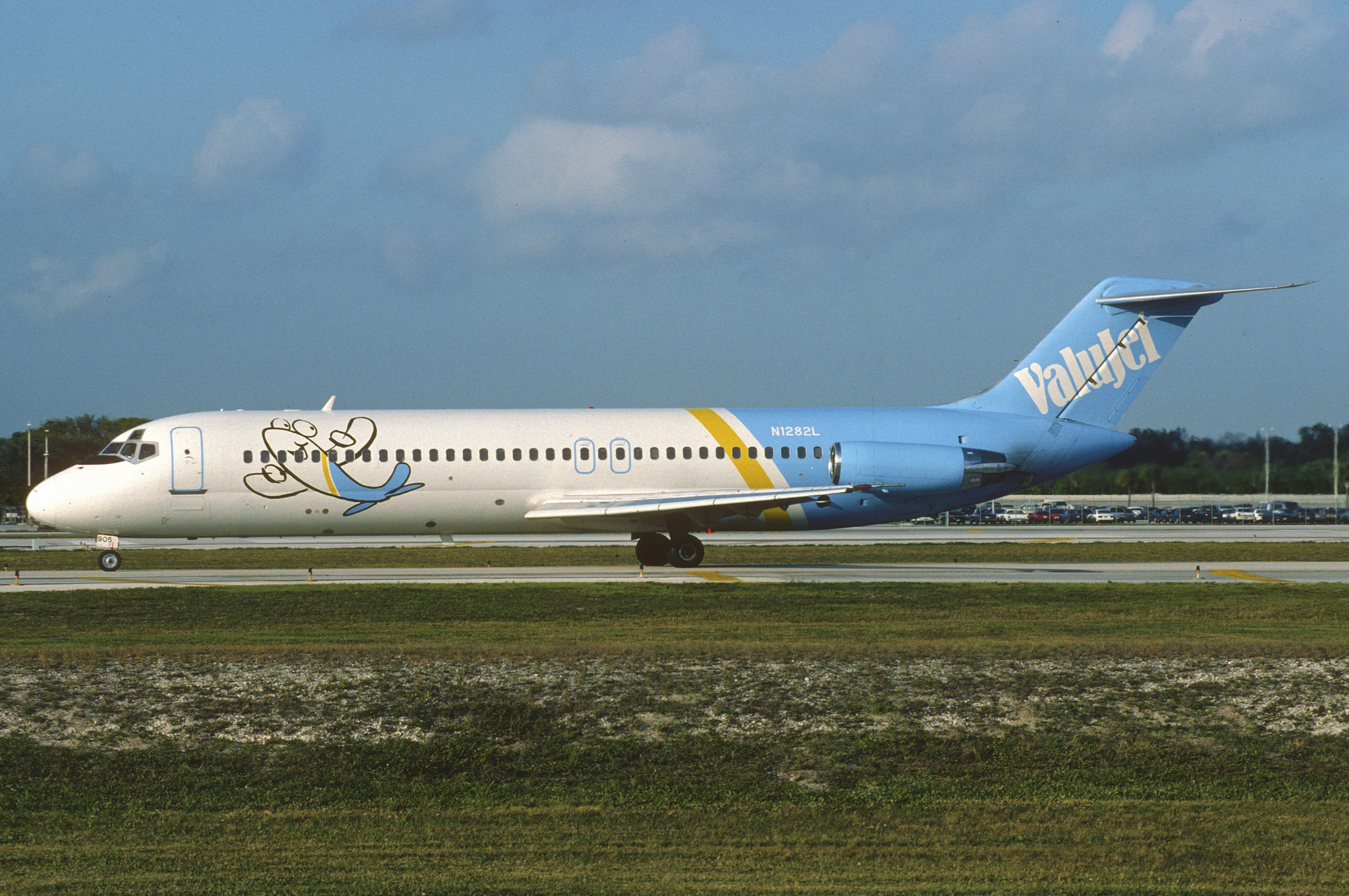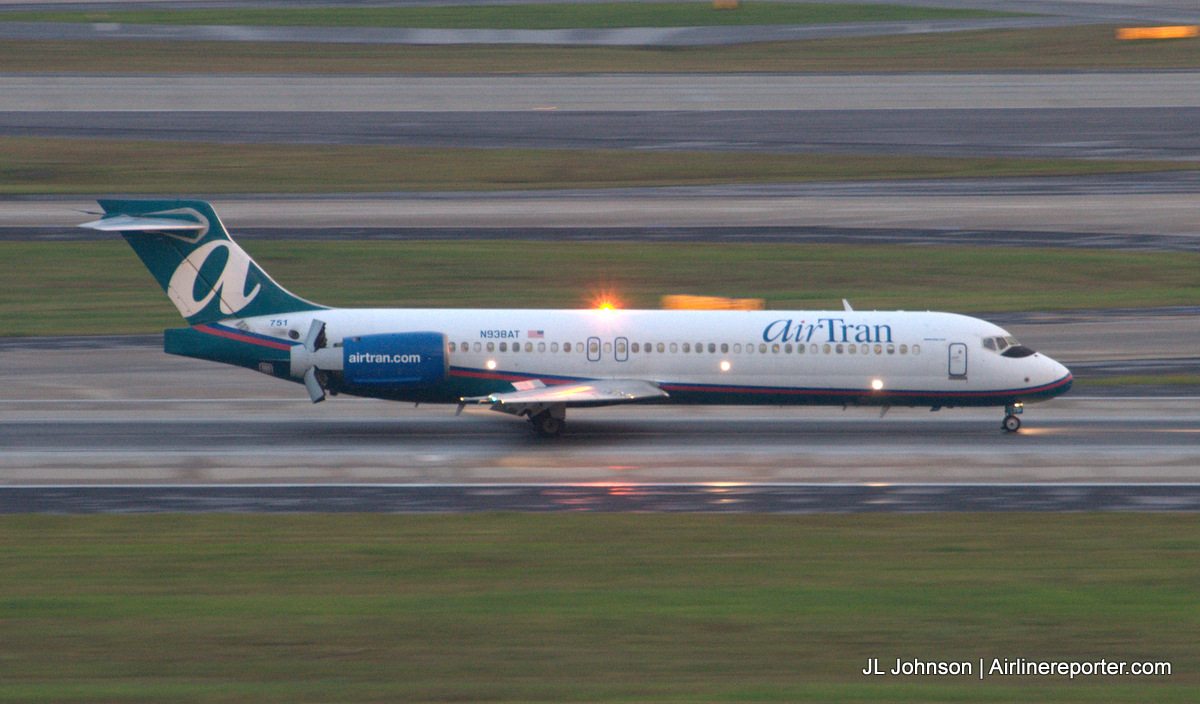
An AirTran Boeing 717 lands in Atlanta
On December 28, 2014, AirTran flight 1 departed Atlanta for Tampa, retracing the airline’s first flight and bringing an end to its remarkable history. I had the honor of being on that last flight and I am excited to share my story. But before I discuss the end of “the big little a” I’d like to first revisit the airline’s history. Because only through knowledge of the airline’s legacy can we truly understand the significance of AirTran’s retirement and integration into Southwest Airlines. So sit back, relax, and enjoy.
ValuJet: Fun and friendly’¦ And perhaps a bit dangerous.
AirTran traces its roots back to ValuJet, an Atlanta-based upstart with dreams of chipping away at Delta’s dominance right in its own backyard. Operations commenced with just a single DC-9, and its first flight was from Atlanta to Tampa on October 26, 1993. In just over a year the airline was solidly profitable and its route map had grown to 17 cities. But fast growth and aggressive cost-cutting practices quickly caught up to the Critter (ValuJet’s FAA call sign.) In the first few years of operation, the small airline had a markedly-high percentage of emergency landings, compared to its peers. In addition, an FAA study indicated that ValuJet dominated the accident data for low-cost carriers.
On May 11, 1996, ValuJet flight 592 went down en-route from Miami to Atlanta; all 110 on board were lost. This tragic, high-profile accident would focus attention on the airline, its maintenance practices, and ultimately lead to its grounding. After a month of investigations by the FAA, which reveled “serious deficiencies in its operation” ValuJet would voluntarily halt operations. But this wasn’t the end for the fledgling airline that had lost its way. Instead, it was just the beginning.
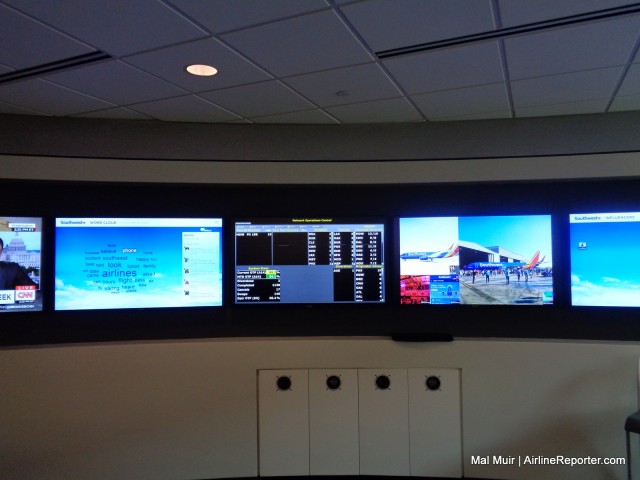
Wall-mounted screens in the new Southwest Airlines Listening Center
Airlines in the modern world seem to use social media one of two ways. Either as an effective marketing tool with no ability to handle any customer service functions, or as a customer service tool with little-to-no ability to market effectively. There are a rare few airlines that can do both of these things and one of them is Southwest. Recently, they began operations in their new Listening Center, a kind of “social media command center” and I had a chance to see how it works.
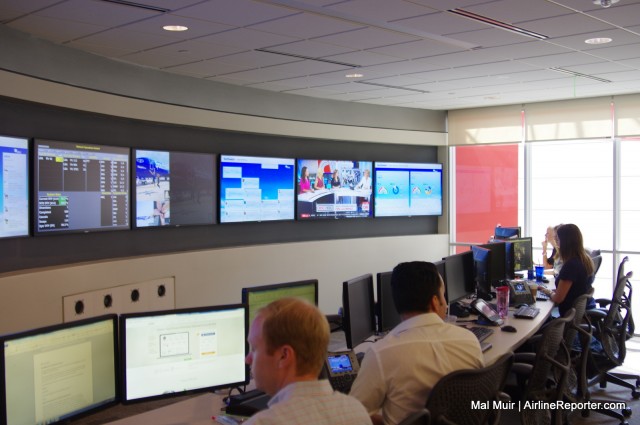
A better look at the set up in the Listening Center
Social media platforms like Facebook, Twitter, and Instagram have become so ingrained into many of our lives. We have access to them on our phones, tablets, and computers – even on watches – that it becomes so overwhelming.
In some forms it is a great way of sharing things with others, like what you are doing or where you are going. However, it is also a great tool in getting a message across or being able to get some things fixed. As social media has grown over the years, it has become more and more apparent that businesses need to address these platforms as a separate communication tool and start to use them effectively. The Listening Center at Southwest is the first of its kind and is staffed by up to nine people at a time.
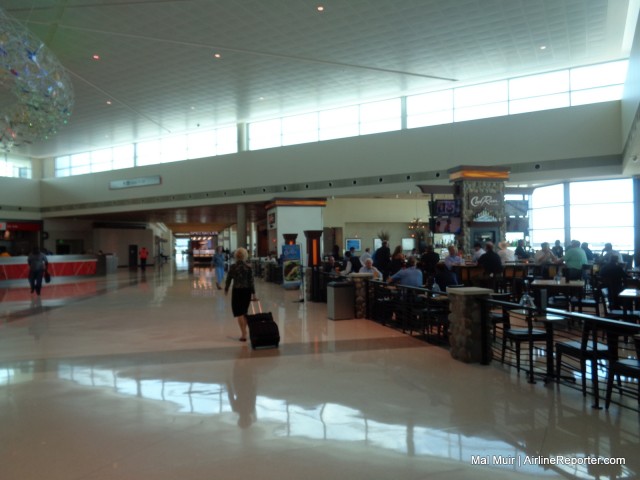
Dallas Love Field’s terminal area with restaurant and bar
In 1974, as Dallas/Fort Worth Airport opened to serve as the main regional airport and airlines moved their flights across town to the new facility, apart from one. Southwest AIrlines decided that their home at Love Field was the best way to service their customers, and from that moment on, the history of the airport would be tumultuous.
In 1979, the Wright Amendment, named after Fort Worth Congressman Jim Wright, set about restricting the airport to certain limitations. As the years went on, the amendment has had a number of changes, easing some of the restrictions.
The Wright Amendment originally restricted airlines with aircraft of greater than 56 seats to only fly services within Texas, or to the four neighboring states of New Mexico, Louisiana, Arkansas, and Oklahoma. Southwest expanded their services out to those states, but the amendment was a severe restriction on their ability to really become the airline that they wanted.
As the years went on, further changes were made, adding Alabama, Kansas, Mississippi, and eventually Missouri to the state list. The biggest changes came in 2006 though, when the repeal of the Wright Amendment began. Although the original changes in 2006 would allow through-ticketing (previously, if you wanted to fly say Dallas to Denver, you would need to have two separate tickets, one to get you to an intermediary city like Albuquerque or Kansas City, the other onto Denver). Eventually, in 2014, the 2006 amendment/repeal would allow long-haul flights directly out of Dallas Love Field.
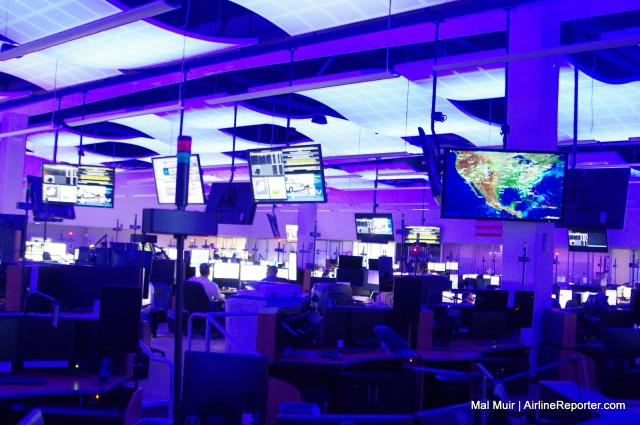
The Southwest Airlines NOC with screens showing airline operations
In May of this year, Southwest Airlines unveiled a new crown jewel at their Dallas Love Field headquarters: their Network Operations Control (NOC). If the employees are the heart of the airline, the brain that keeps the airline moving day in and day out is the NOC.
During Media Day, we were given a tour of the NOC — it almost felt like being in Batman’s lair.
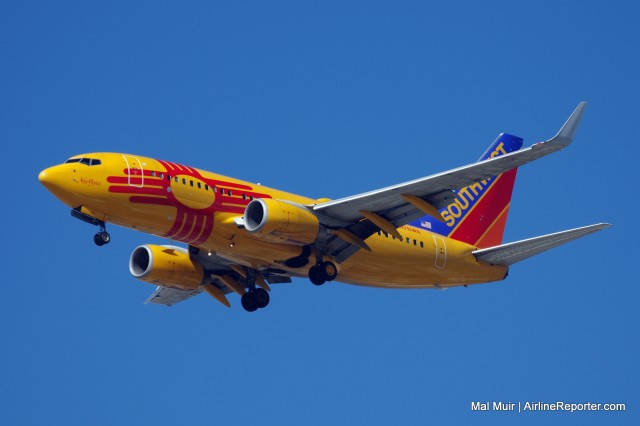
Southwest Airlines New Mexcio One on approach to LAX
With so many new liveries being released by Spirit, Frontier, Southwest, China Eastern and Etihad, it’s time for a Livery of the Week. But why look at just one livery – lets look at many.
When I lived in Australia, there were not many choices in the way of special liveries. With only a handful of airlines and maybe one or two planes in a fleet with the occasional sticker on the side, there wasn’t diversity. But here in the US, you have many, many different options — which is exciting for a spotter like myself.
The one airline that astounded me as to how many special offerings they have was Southwest.
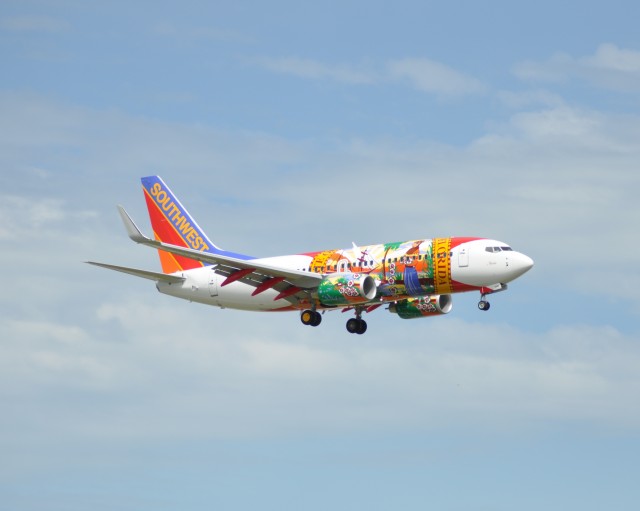
Southwest’s Florida One shows the states seal on the front of the plane – Photo: JL Johnson | AirlineReporter
Southwest has many different special liveries, but the most entertaining ones to me are the state liveries. The state liveries are based upon some of the airline’s more prominent destinations. Texas, California, Arizona, New Mexico, Nevada, Maryland, Florida… even Illinois. They are all named in the same pattern as well. Generally, the aircraft wears the name of the state and then One. For instance New Mexico’s aircraft is ’œNew Mexico One.’ California would be California One, but of course everyone knows there is an exception to the rule and that is, of course, Texas. They call their plane ’œLone Star One.’ The good news with Southwest’s recent fleet-wide livery change is that these special aircraft will not be disappearing!
